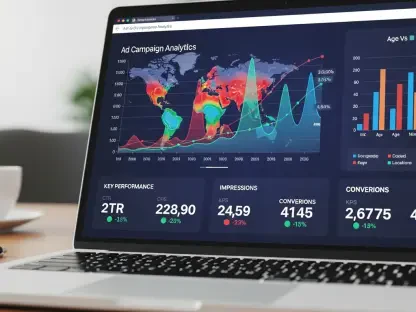The landscape of B2B influencer marketing has entered a transformative period, with marketers now navigating an increasingly data-driven environment that emphasizes audience targeting, segmentation, and measurable outcomes. Current trends reveal a compelling shift in strategies, indicating a refined approach where precision and accountability are more crucial than ever. Reflecting on recent data, the importance of selecting suitable influencers and content forms is becoming evident. A survey conducted among 404 U.S.-based marketing professionals highlights social media posts and in-person events as particularly effective in engaging audiences. As these results suggest, marketers are prioritizing audience segmentation and performance measurement to optimize their influencer campaigns. The emphasis on performance-centric evaluations points toward a methodology where data is pivotal in shaping decisions and predicting consumer behavior.
Industry professionals are grappling with several key challenges, notably the need to optimize strategies and efficiently manage influencer relationships. The shift toward more precise audience targeting underscores the evolving dynamics of B2B influencer collaborations. This context sets the stage for a future in which data not only informs but drives strategic decisions. As companies aim to meet these challenges head-on, leveraging data insights will become integral to crafting compelling influencer partnerships.
Looking back, evidence pointed toward a merging of innovative and traditional marketing techniques. The sector aimed to adapt to this data-influenced evolution by leaning heavily on metrics and analytics. Those adept at navigating this landscape envisioned integrating sophisticated targeting mechanisms and performance metrics into their strategies. Organizations that capitalized on these insights stood to enhance their influencer efforts by aligning marketing goals more closely with measurable results.
B2B companies, recognizing the need to recalibrate their strategies based on observed trends, aimed to embrace data-centric approaches continually. They not only sought to solidify these practices but also to innovate beyond existing methodologies, ultimately striving for engagements that provided value-driven results.









